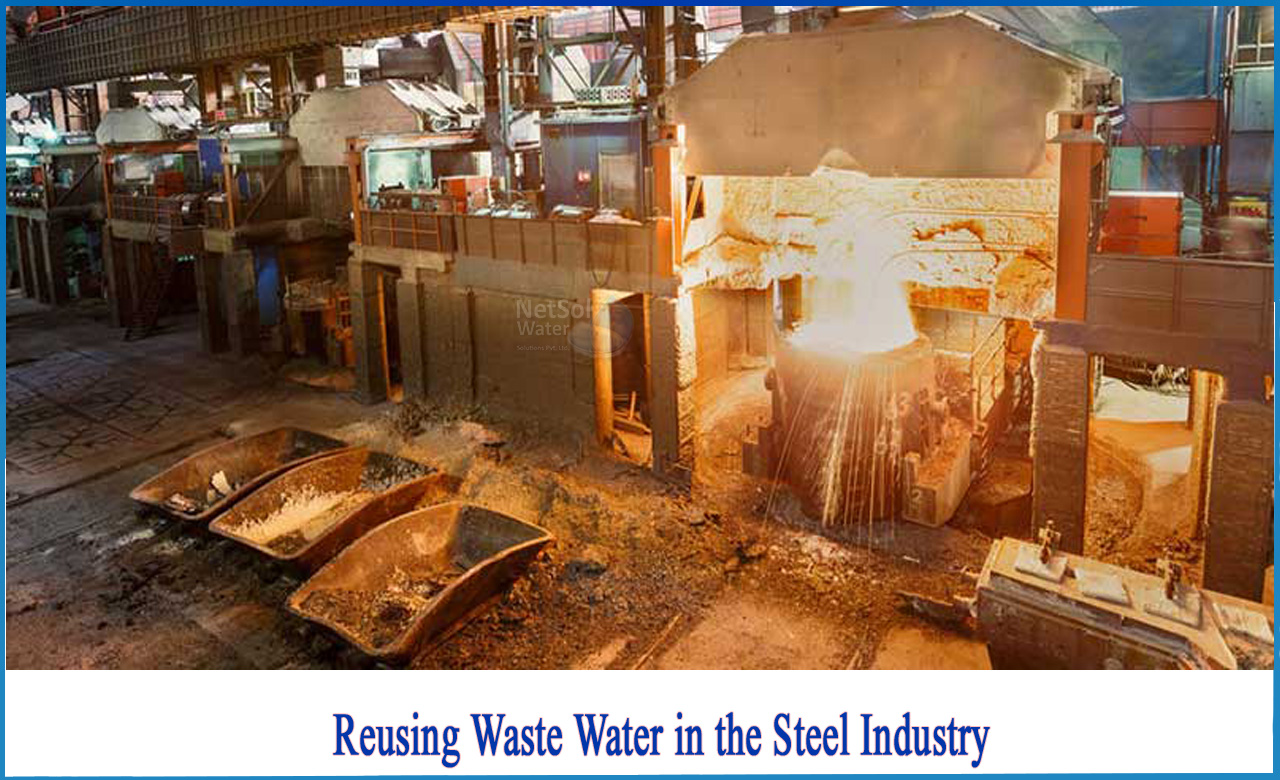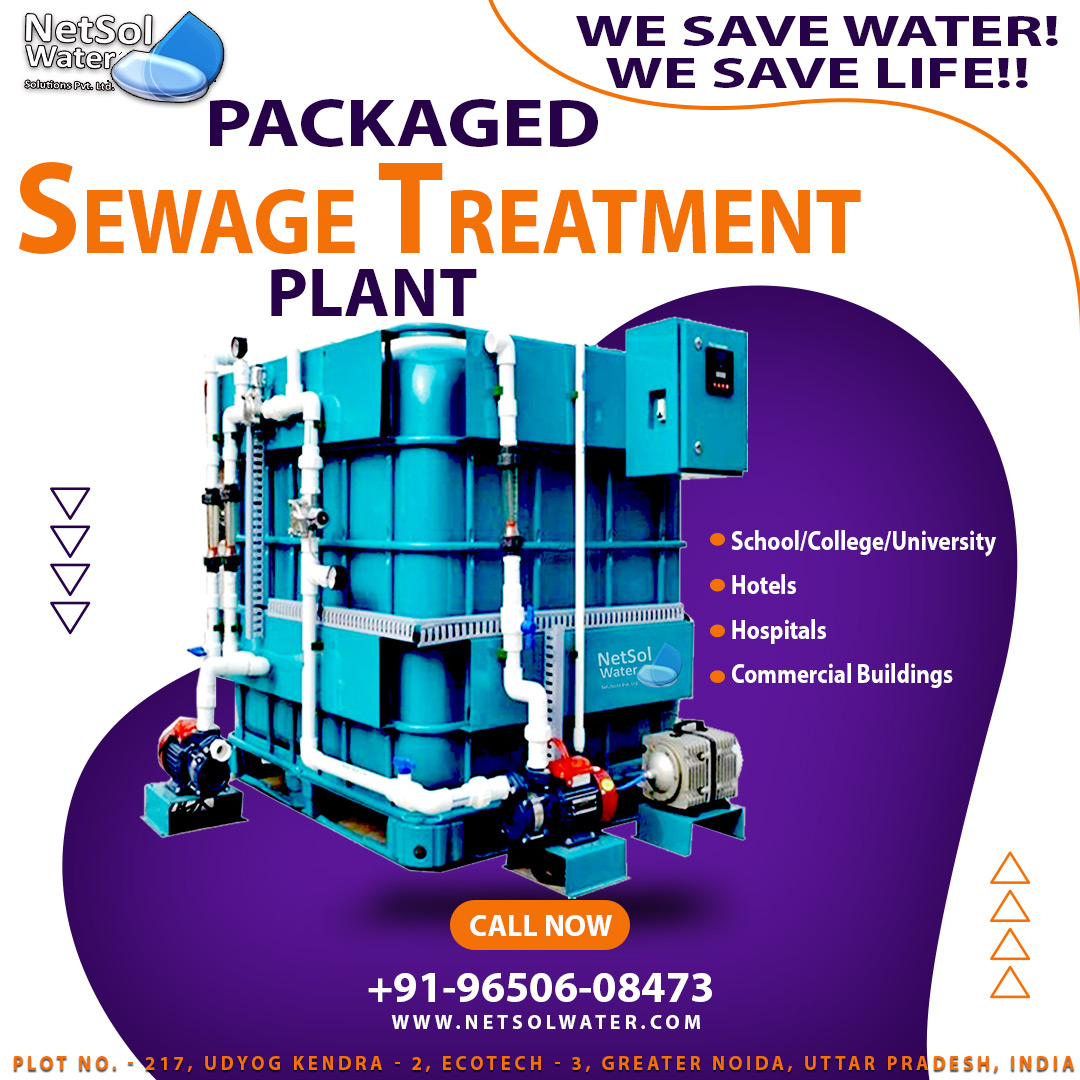USE OF WATER IN STEEL INDUSTRY
All types of water are used in the steel industry. Fresh water availability and quality are major concerns in many parts of the world, and water resource management is regarded as the most important sustainability challenge after climate change.
Steel has produced products that not only meet a wide range of consumer needs, but also play an important role in the manufacturing, construction, and transportation industries, among others.
Fresh water resources are under threat as a result of rising global population and the growing industrial activity, particularly in developing countries. Steel production, whether from iron ore or recycled scrap, is a resource-intensive process that necessitates large volumes of water for numerous cooling and process applications. Steel plants are looking increasingly at treatment strategy to enhance efficiency in terms of water and energy consumption in order to achieve long sustainability.
REDUCING USAGE OF WATER IN STEEL INDUSTRY
The steel industry has undergone significant changes, including fluctuations in growth, a shift toward scrap recycling, a more geographically diverse distribution of manufacturing facilities, and increased adoption of water management strategies. These changes are interconnected in many ways, as facilities have had to find ways to meet the world's increasing demand for steel in a sustainable manner.
While large amounts of water are used in steel production, only a small amount of water is consumed. In fact, for many facilities, production processes consume just under 10% of the water drawn into the facility, with losses primarily attributable to evaporation during cooling. As a result, water reuse is critical for steel plants because it allows them to potentially recover up to 90% of the water they source.
Water management strategies assist steel plants in recovering, reusing, and/or recycling water, which can result in significant cost savings by reducing the facility's demand for source water and discharge volumes.
COOLING WATER
Cooling in hot and cold rolling processes, off-gas cooling and containment, cooling of ovens and furnaces, and other applications account for the majority of water used in a steel plant.
Depending on the type of cooling system used, the amount of water drawn and discharged by a facility will vary significantly. Because once-through cooling systems use the most water, facilities looking to reduce draw and discharge volumes may benefit from switching to recirculating cooling systems, which retain some or nearly all of the water for repeated cooling cycles.
How to reuse waste water in the Steel Industry?
Process water is a component of solvents, acids, and emulsions that are used to clean, degrease, and rinse steel surfaces.
The approaches to water reuse and recycling differ depending on the process water streams in question. In general, facilities can collect spent process water streams and use appropriate separation technologies to eliminate pollutants and bring the water to an acceptable quality range, either for reuse in subsequent process applications or for recycling within the facility. Pre- and post-treatment of process water can reduce overall water draw and discharge volumes as well as waste costs through the recovery of raw materials and chemicals.
FEW FACTORS WHILE DECIDING SPECIFIC APPROACH FOR WATER MANAGEMENT
- Water quality: Facilities must consider whether sufficient volumes of water are available to the plant, as well as what types of source water treatment may be required to make the water suitable for use within the facility. Treating effluent streams for reuse within the facility is generally less expensive than sourcing and treating large amounts of raw water; however, factors such as the plant's geographic location, seasonal fluctuations, and source water quality all have an impact on the bottom line.
- Energy efficiency: Steel plants must consider how much energy is required to treat water for reuse, recycling, and/or discharge when developing a water management plan. Operating a water treatment train will result in its own energy consumption, costs, and environmental impacts, which may outweigh the benefits of reduced water usage in some cases. It is critical to balance overall impacts in order to maximise the effectiveness of a water management programme.
- Law, regulatory and safety requirements: Regulations and local limitations on withdrawal and discharge volumes, as well as effluent water quality standards, must be considered by steel plants. An effective water management plan should assist the facility in achieving and maintaining regulatory and local requirements, while also allowing the facility to operate at its target production capacity.
Netsol Water offers steel industries, a significant opportunity for cost savings related to water reduction and reuse through water management strategies that balance their distinct needs.




